Purpose Shared: Creating Sacred Space @ NCDD Annual Conference
/click on the photo to enlarge
Changing the world one conversation at a time.
Craig joined 400+ intentional “cooleagues” at the 2018 National Conference on Dialogue & Deliberation in Denver last month. He presented at the Showcase and convened an inspired Open Space breakout session on “How Do We Create Sacred Space in Dialogue & Deliberation?” with Salomeh Dastyari Diaz.
NCDD is a hub, facilitative leader & clearinghouse for a community of thousands of innovators. NCDD conferences are about having fun and enjoying the company of our field’s movers and shakers, as well as forming new partnerships, strategizing how we can tackle our field’s greatest challenges, showcasing some of the coolest arts, technologies, and methods for public engagement — and so much more.
click on the photo to enlarge
The workshops, presentations and Open Space breakout sessions all focused on how do we create opportunities to convene people in inclusive and creative ways, to nurture and support a world that works for all.
A report on the learnings from “How Do We Create Sacred Space in Dialogue & Deliberation?”: Salomeh and I knew the word “sacred” could be edgy. We asked: how do we talk about the areas of human contact and connection that bring in our whole selves? How do we describe the whole human experience beyond our intellectual and cognitive capacities?
The people who joined us were excited to have an essential conversation around how to create spaces of depth and affinity in any situation, knowing that creating containers of mutual trust and respect is one of the greatest challenges of our time. No matter our social, religious or spiritual foundation, we found a common sense of what the word sacred meant to us and why it matters as a reminder and expression of our core values and beliefs.
click on the photo to enlarge
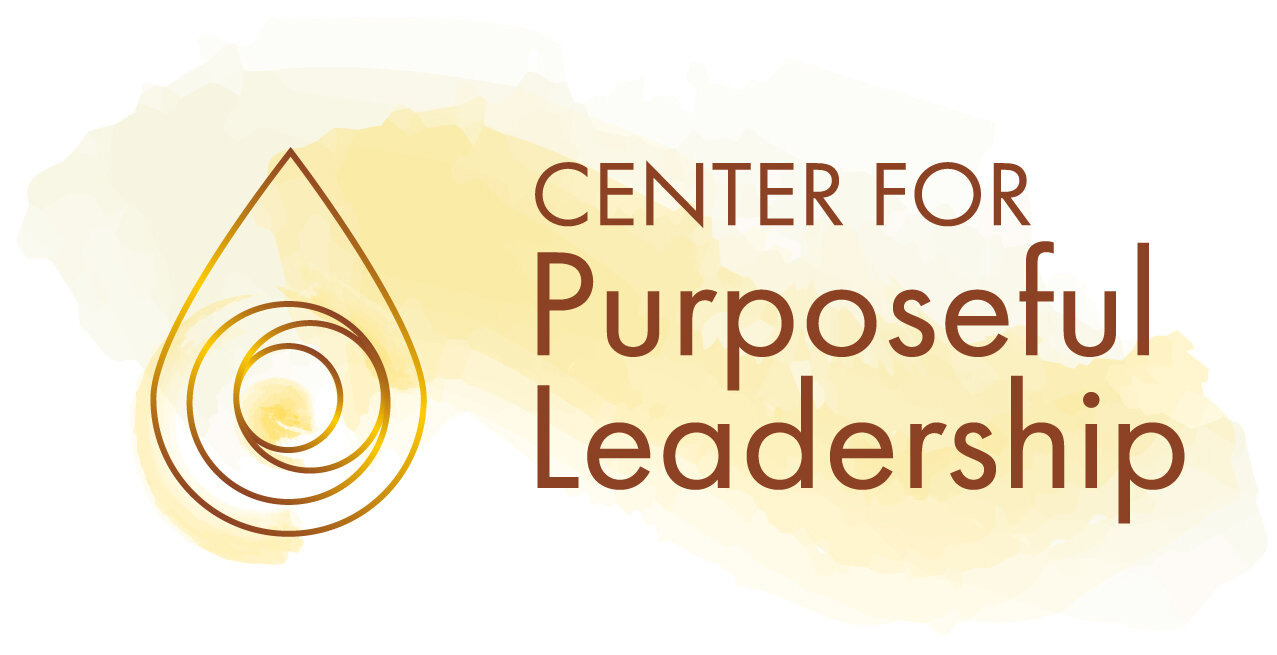




















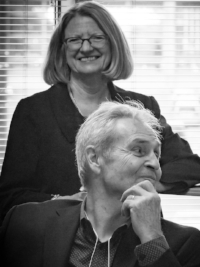


















![[Click to Watch Full Interview]](https://images.squarespace-cdn.com/content/v1/58a4e3be9de4bb98b066fd6f/1532286400523-M8CE8C7NLTQ4TBNVAH46/Craig+and+Meg+Wheatley)



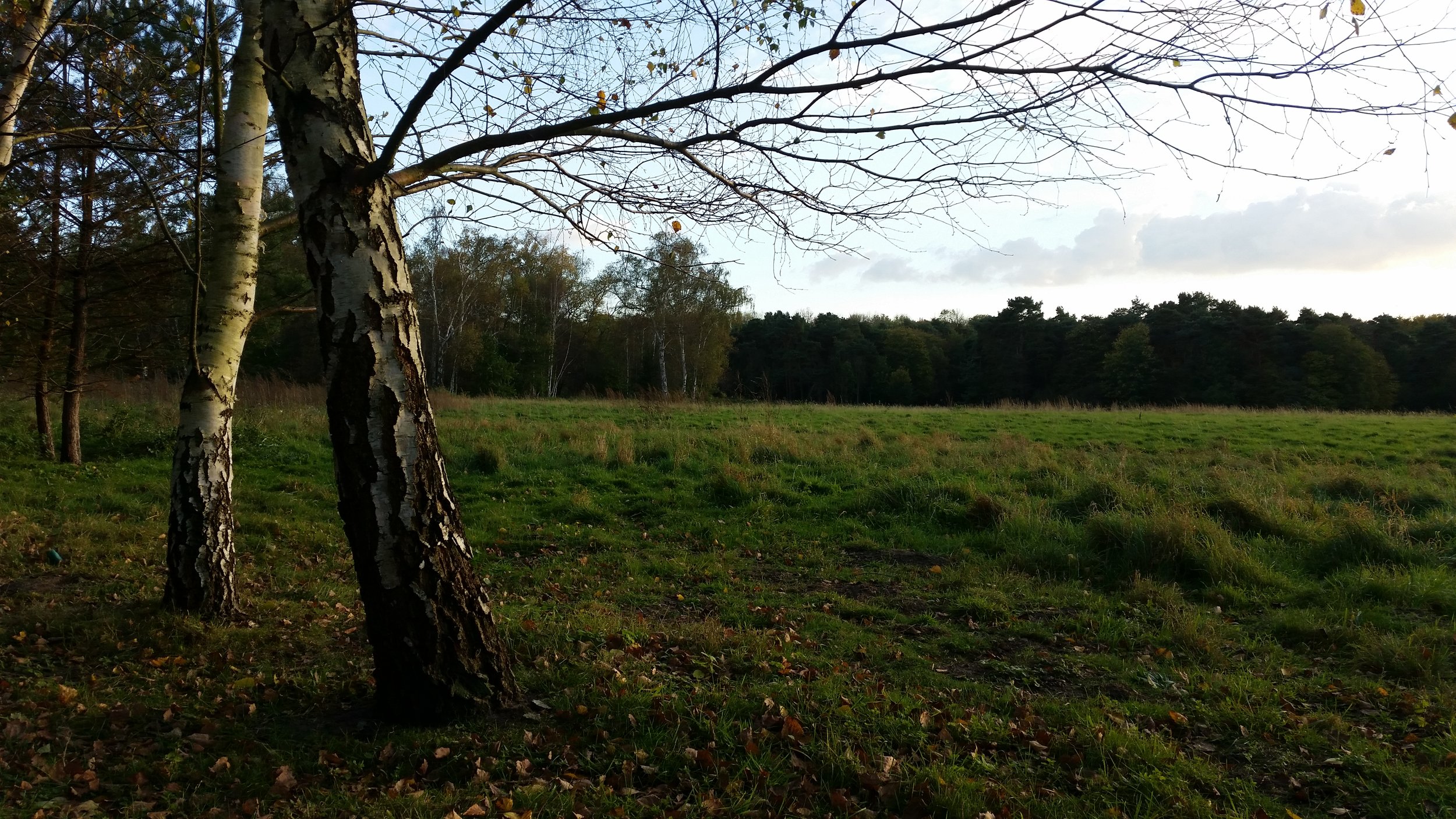
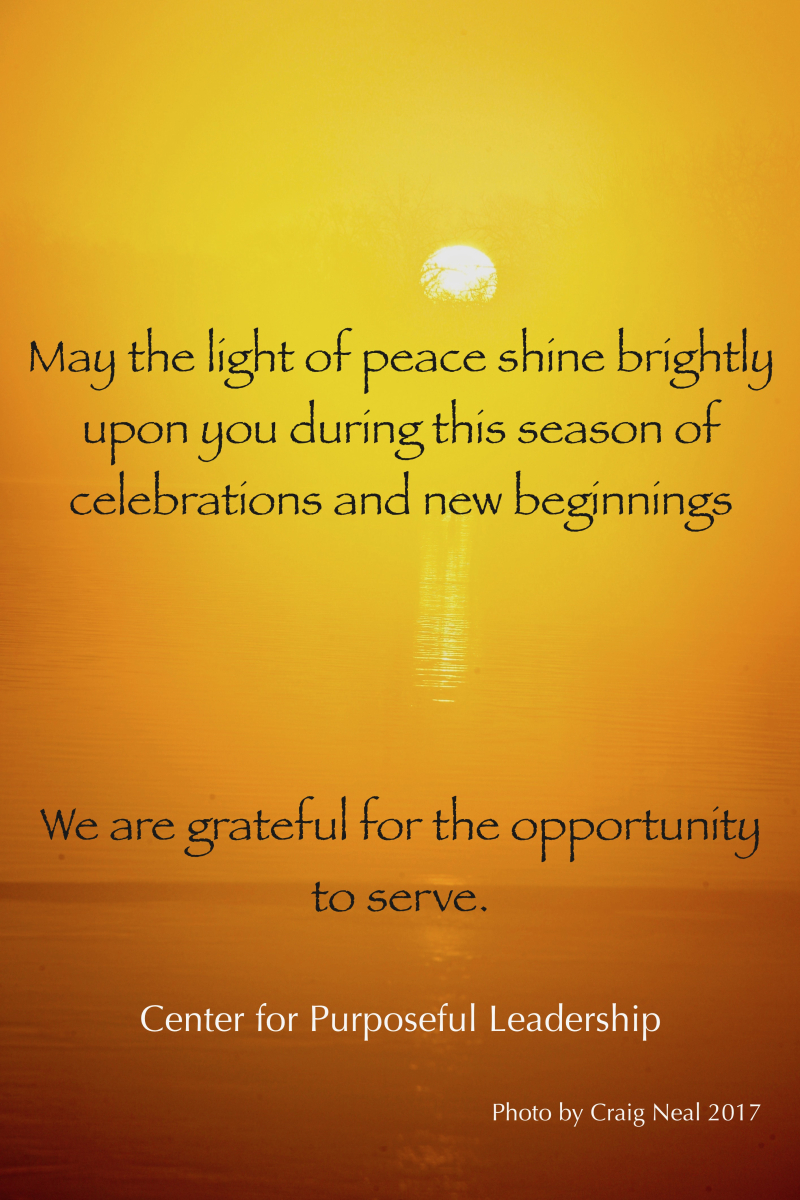











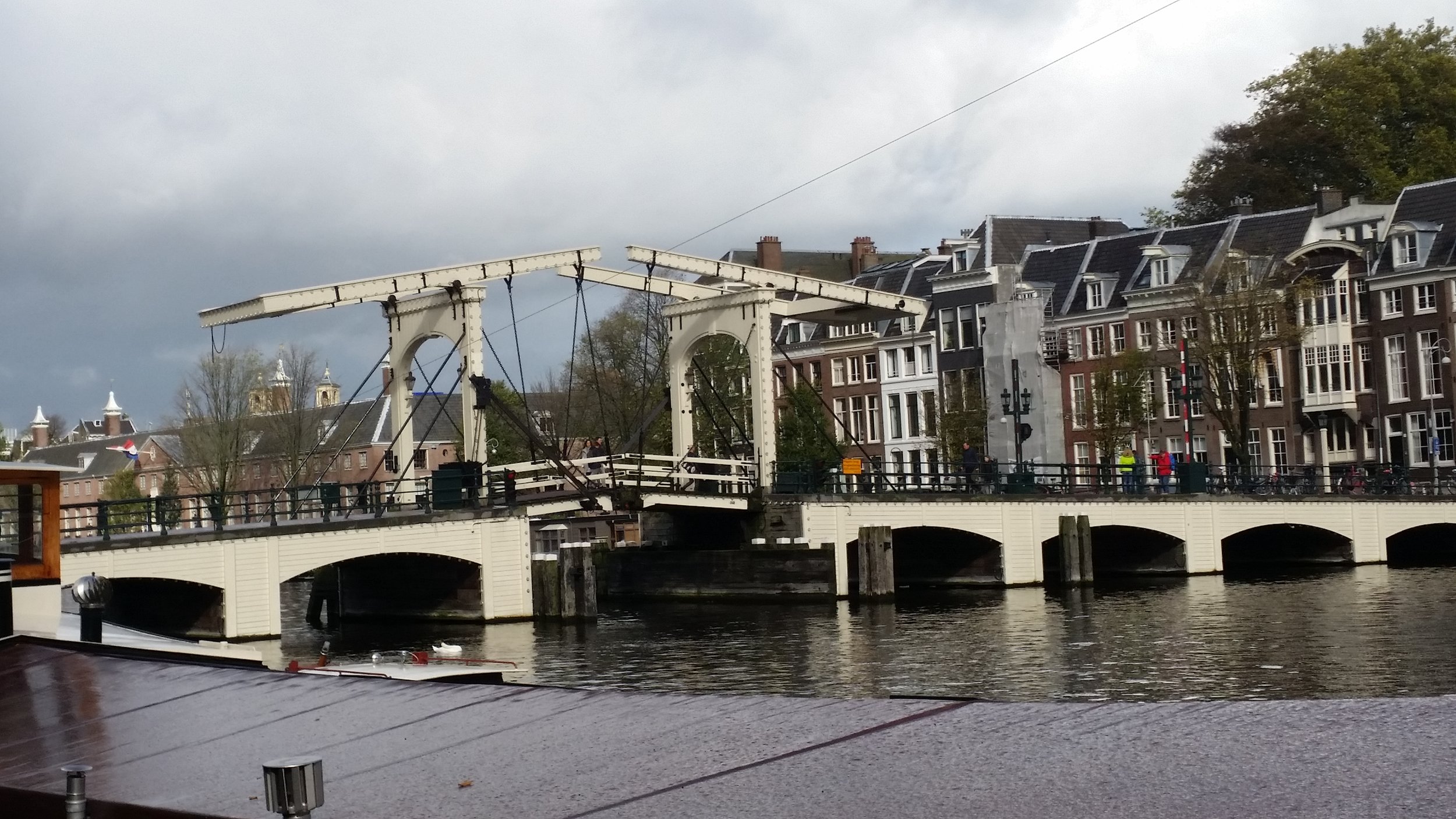




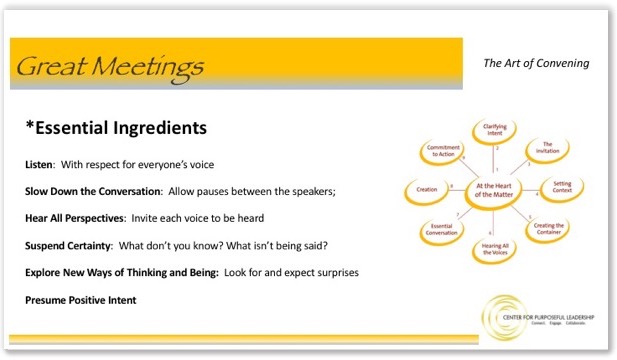














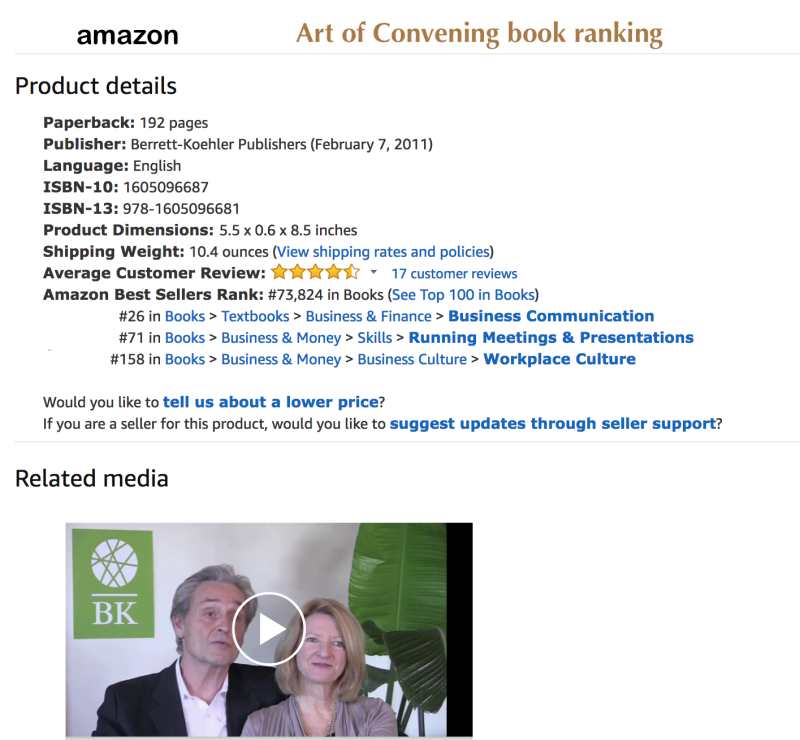






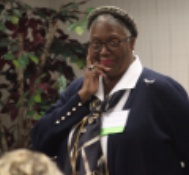

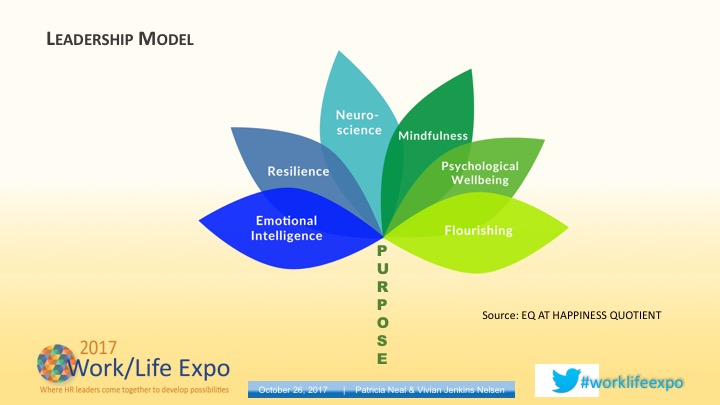









“A few words well-placed can really change the trajectory of somebody's career.”